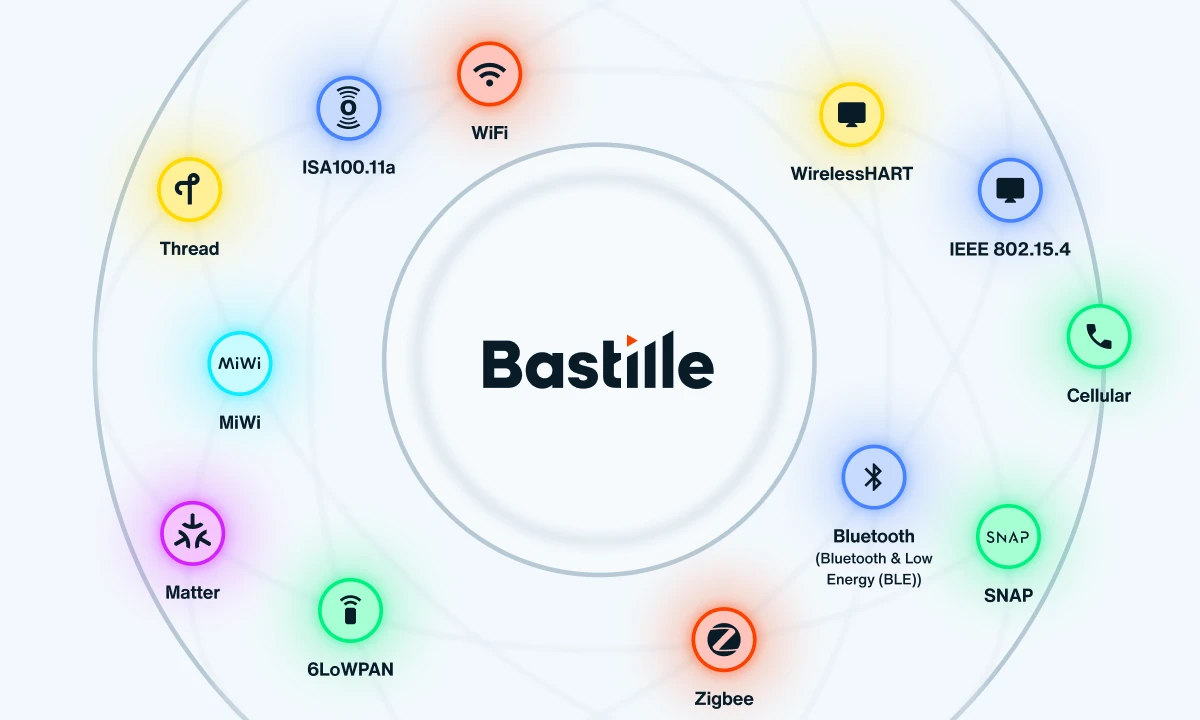Ready or Not, IoT is Coming: 2015’s IoT Report Card
The Internet of Things seems to be an unavoidable force these days – from rabid investment news to stealing the show at this year’s CES show, Internet enabled devices are emerging in 2015. Ready or not, the Internet of Things is coming, and maybe it’s arguable that it’s already here. So, in this blog, I decided to explore just that – what’s ready and what’s not when it comes to IoT.
Consumer Adoption – A+
Consumers are wild for Internet connected devices. We’ll have 75 billion internet devices connected by 2020, though some firms put that number much higher. IoT dominated this year’s CES show; everything from fitness to light bulbs and home automation. Wearable technology is predicted to be a $90B market by 2025. And, even if consumers don’t openly embrace it – improved healthcare may push them to plug in, offering embedded devices in everything from pacemakers to insulin pumps.
Device Manufacturing and Innovation – A
Massive amounts of IoT devices are coming to market at a rate we haven’t seen since the first bubble of technology in the late 90’s. Not since the flat screen TV was released have we seen manufacturers competing to come up with the newest consumer must-have. Of course, the real revolution is happening behind the scenes. Industries, like manufacturing and supply chain, are making huge leaps in operational efficiency by leveraging smart machinery and analyzing the data it produces to cut costs.
Usefulness – B
Noticeably, there are a lot of really cool things coming from the IoT. Many provide life-changing improvements; self parking cars, industrial automation, and embedded healthcare not only enhance our lives, but have the potential to fundamentally advance the way we live and communicate with our world. Of course, there are also some pretty ridiculous things that have decided to covet our bandwidth, like the EggMinder, which lets you know if you’re low on eggs. Convenient? Perhaps. But this one isn’t going to make a huge difference in your quality of life. We’ll give it a B+ when my fridge starts being able to order my meal plan ingredients for delivery via InstaCart.
By now, you might be thinking that the Internet of Things has a pretty good report card, but there’s still a lot of maturing to be had. In fact, the newness and shine of IoT devices and their cool new tricks has meant that many haven’t taken the time to really look under the hood yet. If you did, you’d discover that in some areas, IoT is still an all out fail.
Interoperability – C
Plenty of companies are coming out with platforms for IoT development, which means great innovation but more problematic integration. Combine this with the numerous communication protocols that devices are using and you can see that any hopes of standardization is still in the Dark Ages. The good news is that this tangled web of development is offering big promise for IoT data analytics, which is predicted to be a nearly $6 billion dollar market this year. IoT is riding on a half dozen protocols today, and new ‘standards’ are being proposed quarterly. Need to dial this in for any reasonable interoperability. Ever try and connect Banyan Vines, Sun NIS and Novell Netware? Ain’t happening.
Privacy – D
Many device companies are intentionally loose with their privacy policies. In a recent blog, I explored the numerous ways that device manufacturers are using your personal data – in essence, making you the product. This may seem harmless on the surface, but IoT device users are still not reading privacy policies and are sharing way too much information. And we’re not limiting our disclosure of personal information to the devices companies we buy from, we are also giving it to third party applications. This recent Gigaom article dives into the topic more in depth, but everyone is going to have to agree that privacy should be a fundamental component of IoT and consumers will need to demand that device manufacturers and app developers treat their data as critical and personal information. Consumers will demand an option for micropayments to keep their data to themselves; they will happily pay for whole grain bread at Whole Foods vs a loaf of white Wonder bread at the local super market.
Security – F
Big. Fat. Fail. Looks like security of the Internet, in 1994. The rush to market has definitely shown that security in IoT devices is an afterthought at best. The 2014 Snapchat hack illustrated that application providers are just careless with your sensitive information. Minimal encryption and generic liability waivers are dangerous for users and irresponsible of developers. What we’re left with is a pervasive landscape of Internet enabled devices entering our personal and corporate networks. The numerous protocols mean that they can operate virtually undetected. The potential for malicious activity via IoT devices is just now being explored, but the fear is that it will take a massive attack before IoT security gets the attention it needs and devices start being developed with security first of mind.
There is always a good, bad and ugly to emerging technology and the Internet of Things is certainly in its infancy. The struggle is in the speed to which these things grow in today’s world and what corners are cut to satisfy a seemingly insatiable market. Since adoption is strong, it’s likely going to take the user community to push for improvements in areas where IoT is still falling short.
There is a silver lining; IoT manufacturers are building, deploying and selling. We are consuming things that would have been considered science fiction 20 years ago. In parallel with this enormous trend, there are immense opportunities for security innovators to invent new technologies to keep our corporations, and our intimate spaces including our homes, car and bodies, safe and secure.




